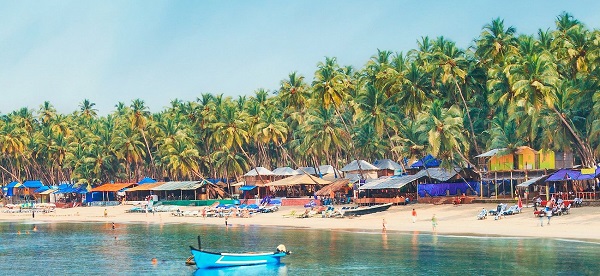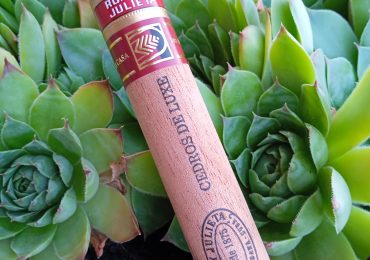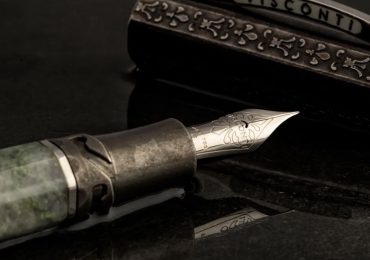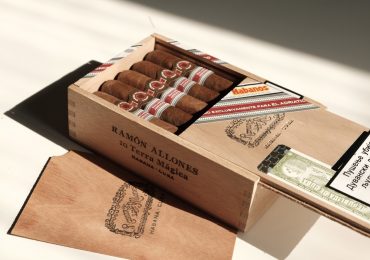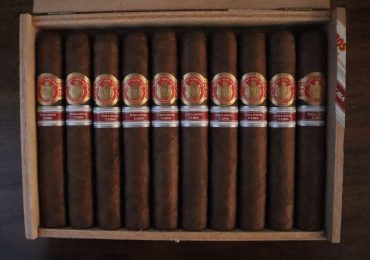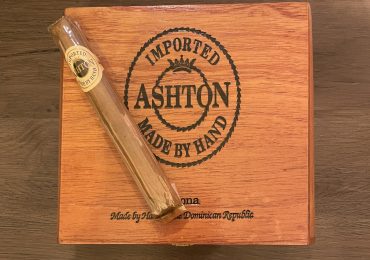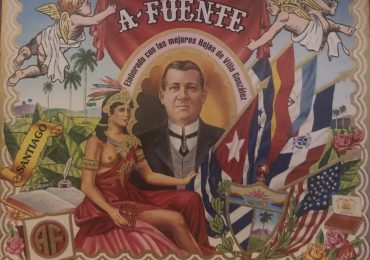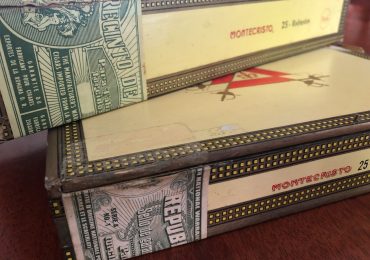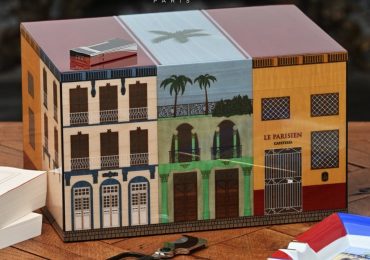Astonishingly, until very recently India has been a major blind spot for whisky connoisseurs the world over. Despite a 200-year history since the introduction of the grain spirit to the subcontinent, India has long been the sleeping behemoth on the international whisky stage. Today you couldn’t ignore the elephant in the room if you tried, with the country leading the world in whisky consumption with a staggering 1.5 billion liters per year as of 2014. The U.S in second place at a comparatively feeble 462 million liters per year.
Previously regarded as “foreign poison” introduced by British colonialists, whisky has come a long way on the subcontinent morphing into a naturalised part of 21st century Indian culture and identity, taking the spot of the national sprit of choice. The numbers bear witness to whisky’s meteoric rise on the subcontinent. Consumption doubled over a nine-year period, from 80.2 million nine-liter cases in 2007 to 193.1 million in 2016. India produces 48% of all the world’s whiskies, claiming 7 out of 10 of the world’s top global whisky brands; Imperial Blue, Rampur Indian Single Malt, Officer’s Choice Blue, and Royal Stag, among them. If these brands don’t sound familiar, it’s because the Domestic Indian whisky market has remained almost hermetically sealed to outsiders, a contentious 150% import duty discouraging consumption of foreign brands. As a result, Scotch only accounts for only 1% of the whiskies consumed in India, proving that the spirit has launched a life of its own on the subcontinent, minimally influenced by the emerald motherland of Uisce Beath. Over the past 15 years, the nation’s “craft distilleries” Amrut and Paul John have enjoyed tremendous success overseas, since introducing to the world the first Indian Single Malts. The trajectory whisky has taken in the country, from the original colonial associations to its adoption as a symbol of national pride and a fiercely independent Indian character, is a story 200 years in the making.
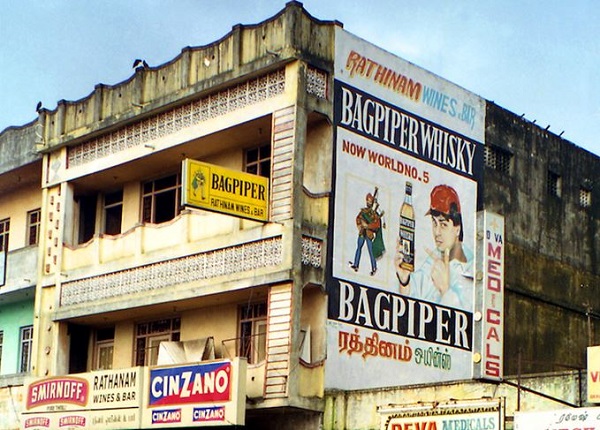
Under the rule of the British Raj, Edward Dyer founded the nations’ first distillery, Kasauli in 1820, looking to supply the British occupying soldiers with spirits reminiscent of home. Just like the famous Hindu origin stories, the Kasauli distillery was established in the mighty Himalayas, at Himachal Pradesch, closer to Tibet than some Scottish distilleries are to one another. The striking location wasn’t selected haphazardly, Dyer recognizing the plentiful spring waters in a cool mountainous region that appeared to him as a slice of the Scottish Highlands. Adamant in replicating his cherished spirit, Dyer equipped the distillery with copper stills shipped directly from England and Scotland. The original apparatus remains to this day, from the belting apparatus in the milling, the prehistoric looking mash turn, to the ancient oblong type malting chimneys. The distillery is effectively untouched from its early 19th century splendour. Traditional methods of floor malting are naturally observed, the Malt men wielding their wooden “showels” barefoot in a sign of highest respect to the malted barley. Reminiscent of traditional distilleries like Glenturret in Perthshire, the distillery’s structure accommodates the old-style gravity system, where each step of the whisky making process is stacked on top of one another. A visitor for instance would have to walk down the hilly environs to appreciate the copper stills of the distillation stage below. A veritable mecca for whisky or history connoisseurs, Kasauli is not only the highest altitude distillery in the world at 5,500 feet, but one of the oldest continually operating one in all of Asia. In the mid-90’s Rakesh “Rocky” Mohan the managing director of Kasauli responding to the financial precarity of the operation said “There is more to life than making money” proclaiming the responsibility in keeping the artisanal tradition alive and to preserve the legacy that makes Kasauli a place unlike any other in the world. A sentiment that is close to extinct in the world today, and one for which us whisky enthusiasts will be very thankful for, in hopes of making the pilgrimage to this incredible distillery.
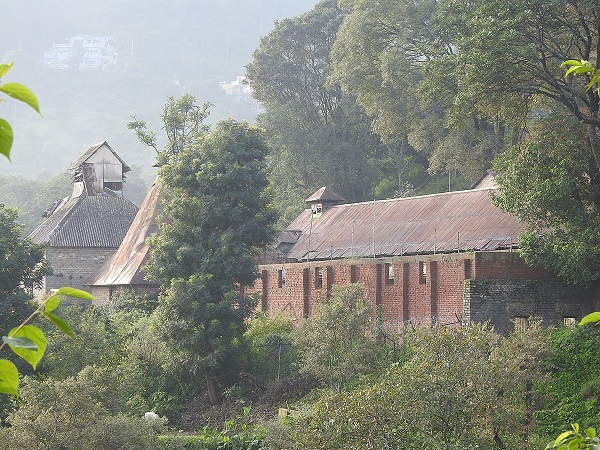
What is today is a point of national pride, was previously seen as a colonial blight on the great nation. With Edward Dyer’s production of European spirits for occupying soldiers, the concept of “IMFL” or Indian Made Foreign Liquor was introduced, firmly delineating it from the local intoxicants of Chhaang (finger millet spirit) or Urak (fermented cashew/apple spirit). Whisky as a cereal based spirit, was seen with particular disapproval, as essential grain staples were systematically misappropriated by the British Raj causing multiple famines between the 18th to 20th century that claimed over 60 million Indian lives. Along with the genocide, it would not help whisky’s standing amongst the locals that Edward Dyer’s son, Reginald Dyer would be responsible for the Amritsar massacre in 1919, in which at least 379 unarmed Indian civilians were slaughtered whilst observing a religious ceremony.
Whisky had to change its fundamental character to carry on a life of its own on the subcontinent. Consequently, whisky was bolstered with a good karma alternative, with molasses or “Gud” a cheaper and readily available by-product of sugar production. Thereby the finished product “Indian Whisky” may not have a single grain in its composition, effectively making it a rum. However, more often it is mixed with smaller parts grain spirit, 10-12% traditional whisky, or imported pre-blended Scotch. The Indian molasses whisky not only accorded with and informed Indian flavor palettes but was much cheaper to produce, a liter of the molasses spirit costing 7.5 rupees to produce vs. 52 rupees for a malt. The prospect of a narrower nation-wide definition of the catch-all term “whisky” would translate to severe blows to manufacturers such as the deceptively named Bagpiper brand, 2005’s largest selling Indian whisky despite not having a single grain (a rum by Western standards). Up until recently, 100% malt whiskies were quite rare. But even this 100% malt distinction, with no agreed upon standardized definition of the spirit, may have included unaged, not pot-stilled malt, with the term “malt” loosely used to include extracts or enhancers. Not even the contents of Kasauli’s Solan No.1, a cult malt whisky that has defined the country for upwards of a century, are made clear to consumers. From the vague labelling it is hard to ascertain that the spirit is 100% grain whisky, let alone 100% malt. It is this mystery shrouding Indian bottles that has made them prone to complete dismissal internationally, or has inspired a devout cult following. As of 2005, the Indian Bureau of Standards confirmed the very loose definition of whisky as made from a neutral spirit, rectified grade 1 spirit, or mixture of both, so long as they match the agencies standards.
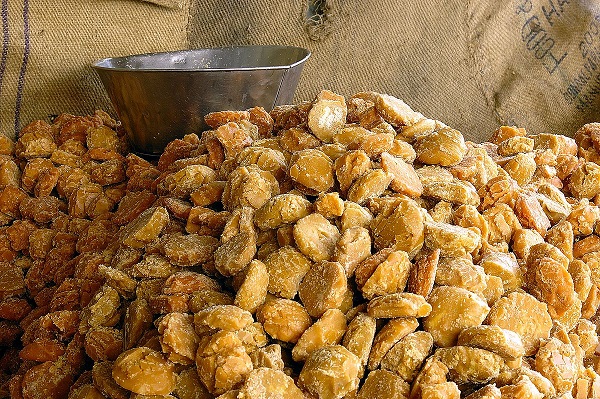
India for much of the 20th century may have been regarded as the proverbial “Wild West” of the whisky world, with the enormous country facing difficulty in standardizing the production of the spirit, across the nation’s 36 states and territories. As a result, one often saw haphazard applications of taxes by excise officials that made life harder for the distiller. Each state demands its own seal on the bottle, the label stamped by law with the price, the regions it may or may not be sold in, the day of bottling as well as a detailed health warning. The administrative label often overshadowing the artwork of the bottle, giving it a uniform, cheap, “used postage stamp” appearance, Indian whiskies were periodically known for. For a nation whose whisky output was often uniformly dismissed as being of cheap and of low quality, we can understand why the labelling would provide a great disservice to the elixir contained within.
In certain states, excise officials forbade distillers from aging their whiskies in warehouses far from the distillery grounds, forcing producers to sell malt very young or completely unaged. Despite what one may assume, the heat of the nation is conducive to whisky production, the temperature comparable to the Bourbon producing American South. However, malting must be suspended for certain parts of the year, as the heat tampers heavily with the germination process. Distillers must have their malt imported from cooler Northern provinces such as Haryana, often moving across state lines with semi-prohibitive policies. It was not uncommon for the transport of malt to be precarious due to a legal grey area of alcohol in these states, the shipments often depended on the temperament of inspection officials. International favourites, Amrut located in Bangalore and Paul John, Goa have their barley transported 1,500 miles from the Northern provinces, a logistical feat since conquered.
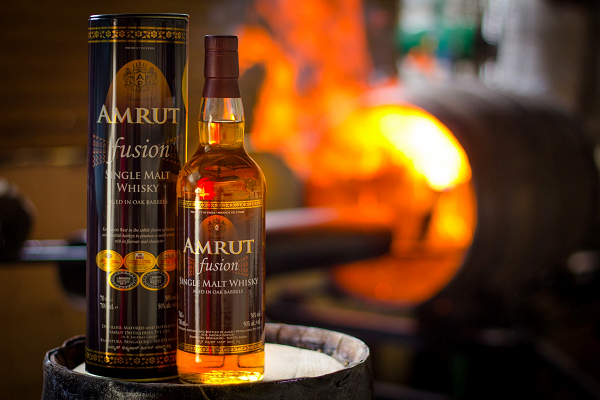
With all of India’s grain spirits loosely differentiated from molasses spirits, rums and gins under the umbrella abbreviation IMFL (Indian made foreign liquors), the west has shown little interest in the nation’s output, generally seen as novelty or fringe. A very small percentage of IMFLs meets the clear-cut EU definitions of whisky requiring the spirit to be based off malted barley in pot stills before being aged in wood barrels for a minimum of 3 years. Thereby only a fraction of the nation’s output may legally be marketed as “whisky” to the consternation to Whyte and Mackay’s, Vijay Mallya seeing colonial undertones to the EU’s criteria, describing it as “an imposition of British Imperialism”. The frustration Indian whisky moguls like Vijay may feel, is that the narrow EU definition does not accord with the reality of Indian whisky drinkers, nor with the subcontinent’s temperature and geography diversity.
The Indian heat and dry climate of the southern provinces such as in Bangalore and Goa, determine that the whisky may in fact be aged for a shorter period in reaching the EU’s minimum aging standards. Surinder Kumar, head distiller from Bangalore’s world famous Amrut distillery explains this succinctly “one year of maturation in India would be equal to three in Scotland”, whilst a 5-year-old Amrut can be compared to a 15-year-old Scotch. The southern climate, and altitude causes larger portion of the angel’s share; the amount of spirit lost to evaporation during the maturation stage. This leads to a stronger ABV. The Angel’s share in tropical Goa (the home of the Paul John distillery) varies between 8 – 10% compared to 2% in whisky’s native Scotland. Understandably many distiller’s thwart a full 3-year maturation period, making the end product fall short of the EU’s “whisky” distinction, condemned to be undifferentiated from the morass of “IMFL” or “spirit drink” products, seen with skepticism by foreign markets.
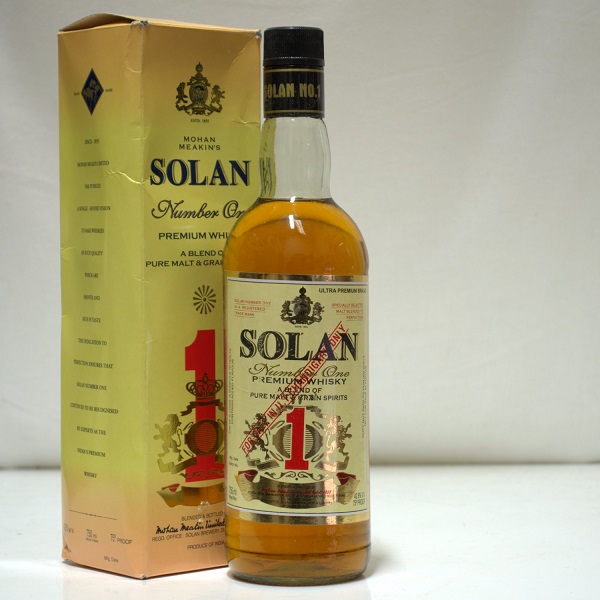
With a protectionist 150% tariff on foreign whisky earning the scorn of the Scotch Whisky Association, India has been too occupied with the gravitational pull of it’s own enormous market to pay too much mind to what’s going on outside it. Whereas Scotch accounts for 1% of the whisky consumed in the nation, an even smaller fraction of this number accounts for single malts. A place immune from whisky orthodoxies of single malts vs. blends, single grain vs. non cereal whisky, Johnnie Walker Black remains the national gold standard. The bottles’ intensely complex character hitting a homerun with a culture, that values subtlety and plurality of flavors. No surprises there, considering the nation’s unmatched culinary legacy that embraces the fullest spectrum of herbs and spices over the comparative practicality of traditional western meals. In a nation where blended whiskies reign supreme, it is perhaps not a surprise that local distillers were not in a rush to create India’s first single malt. Even so, according to legend, Amrut would produce it by happenstance making use of excess malt left over from their premium blends.
Whether intentional or not, Amrut no stranger to innovation, decisively brought Indian whisky to the 21st century, collapsing international barriers and prejudices that made the nation’s output obscure. Contrary to the impulse of mimicking the original to realize international success, Amrut became an internationally renown premium brand by creating a product reflective of the climate and unique terroir of India. As of 1982, the distillers began locally sourcing their grains, embracing the 6-row barley indigenous to northern regions of Rajasthan, the Punjab, Uttarakhand and Haryana. Long thought to be less suitable for whisky production than the traditional 2-row barley of Scotland, the higher protein and fibre grain imparts novel fruity and tannic taste that would differentiate the Indian single malt. According to the Malt men at the Paul John the additional husk of the 6-row barley produces an oilier wash during the brewing stage, resulting in an elegant oilier texture in the finished product.
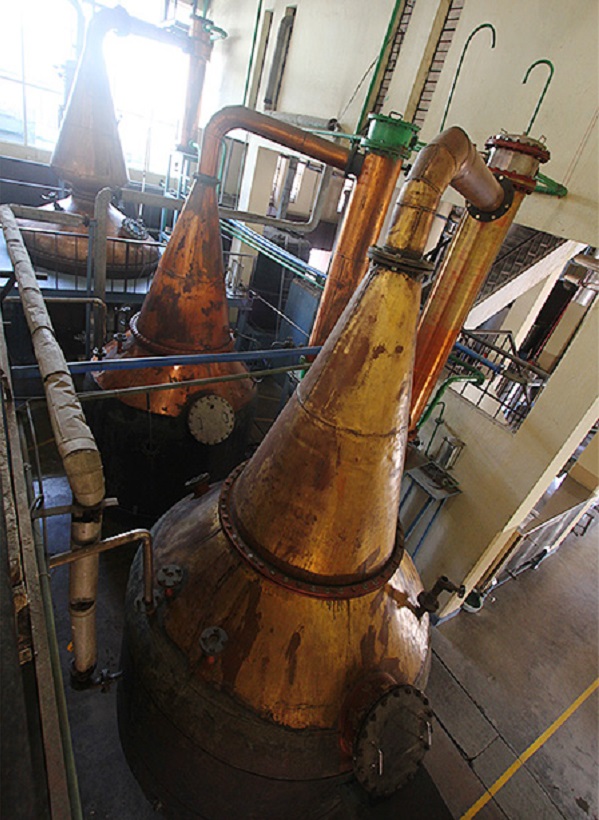
In 2004, Amrut debuted the nation’s first single malt in Glasgow, upon “testing the waters” in blind taste tests, their product inspiring comparisons to Speyside single malts. This initial single malt, opened the floodgates decisively garnering accolades from the international whisky community. The Amrut Fusion is the most decorated of all, winning 10 awards and was declared 3rd best whisky in the world by Whisky Bible with a remarkable 97.5 score. Fittingly, the Fusion is a harmonious combination of Indian and Scottish peated barley, fulfilling the promise of Indian whisky being on par with the world’s very best. The Bangalore based distillery continues to innovate, wrangling the region’s climate for a maturation experiment taking shape as 2016’s Amrut Spectrum; with the single malt aged in a custom barrel made from 4 different types of Oak. As of 2017, Amrut exports just over 60% of it’s single malts, indicating rising interest by locals.
In the past decade or so releases from Amrut, Paul John and Rampur have contributed to a significant portfolio of Indian single malts. Heavily sought after internationally, they have been described as fruitier in character than the malts of other countries, invoking the exotic fruits exclusive to the subcontinent such as pineapples or mangoes. Six row barley is said to bring out a spiciness, that is especially apparent in the excellent Paul John Classic Select Cask Single Malt.
Amrut emerges from the Sanskrit “Amrita” meaning “nectar of life” a striking parallel to the Gaelic “Uisce beatha”, the semantic origins of the word “Whisky”. Evidently more than a mere Indian Made Foreign liquor, whisky in all its variance has found an unlikely home on the Indian subcontinent, the spirit a pure expression of a distinct, culture, history and people. Once considered the jewel in the British Empire’s crown, the nation shines brighter independently, gifting to the world a new dimension to the Scottish elixir.
